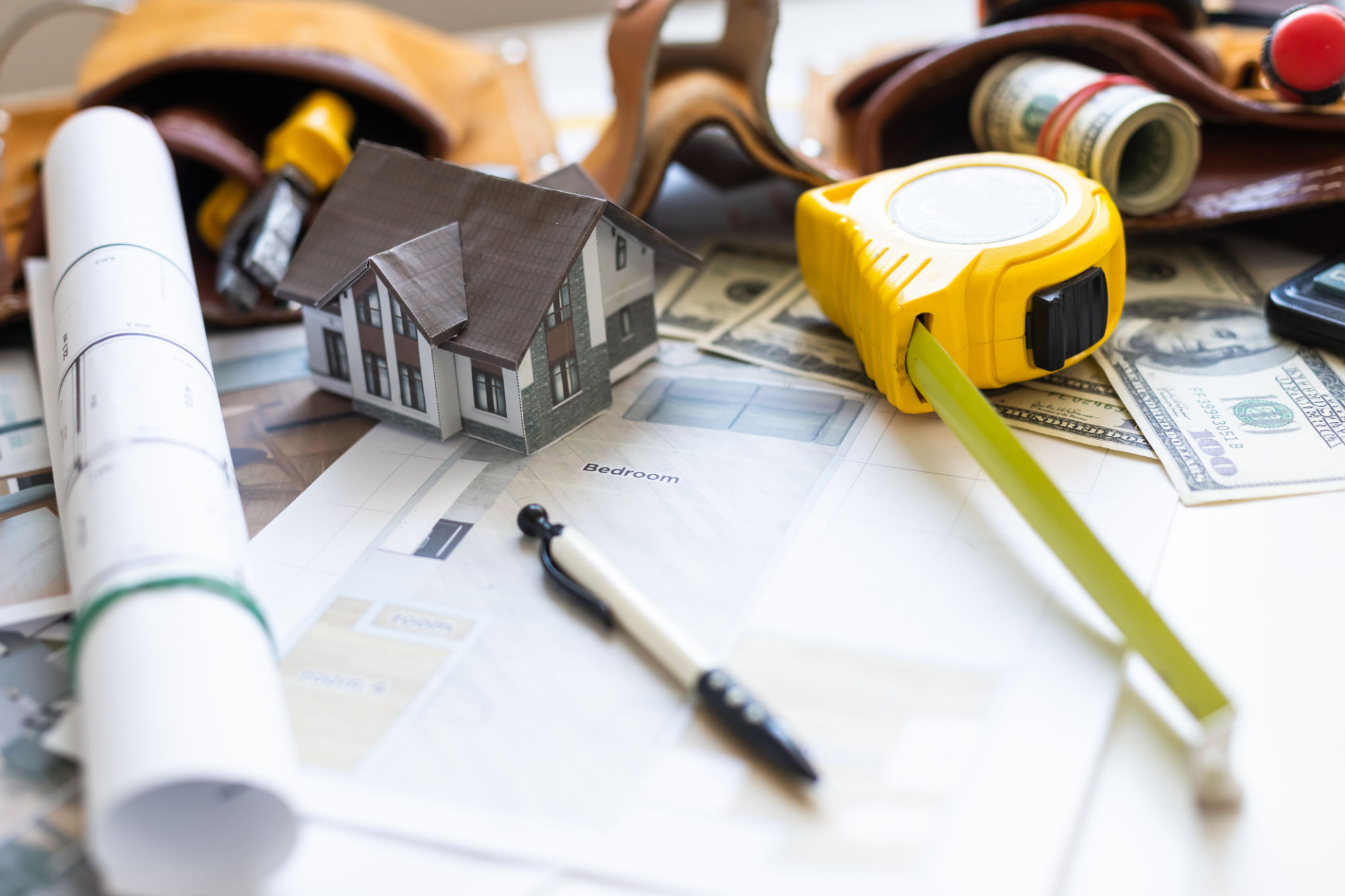Maximizing Your Home's Value: Renovation Trends to Watch
Understanding the Importance of Renovation Trends
Renovations are a powerful way to increase the value of your home. By embracing current trends, homeowners can not only enhance the aesthetic appeal of their living spaces but also boost their property's market value. As trends evolve, staying updated on the latest can be crucial for making informed decisions.
Home renovation trends are influenced by various factors, including technology advancements, lifestyle changes, and economic conditions. Homeowners need to be strategic in choosing which trends to follow, as some may offer more significant returns on investment than others.

The Rise of Sustainable Materials
One of the most prominent trends in home renovations is the use of sustainable materials. As environmental awareness grows, homeowners are increasingly opting for eco-friendly materials that not only reduce their carbon footprint but also enhance the durability of their homes.
Materials such as reclaimed wood, recycled metal, and bamboo are popular choices. These materials not only contribute to a greener planet but can also add unique character to your home’s design.
Benefits of Sustainable Materials
Using sustainable materials can lead to long-term savings. Although they might come with a higher upfront cost, their durability and energy efficiency often lead to reduced maintenance costs over time. Additionally, homes with sustainable features are increasingly appealing to environmentally conscious buyers, potentially boosting resale value.

Smart Home Technology Integration
Incorporating smart technology into home renovations is another trend gaining traction. Modern buyers value convenience and efficiency, making smart home features highly desirable. From intelligent lighting systems to smart thermostats, these technologies enhance both comfort and energy efficiency.
Integrating smart technology can be as simple as installing a smart speaker or as comprehensive as implementing a fully automated home system. This trend not only modernizes living spaces but also attracts tech-savvy buyers.
Popular Smart Home Features
- Smart lighting systems
- Automated climate control
- Security cameras and smart locks
- Voice-activated assistants

Open Floor Plans and Multifunctional Spaces
The shift towards open floor plans and multifunctional spaces reflects changes in how homeowners use their homes. With more people working remotely, the demand for flexible spaces has increased. Open floor plans create a sense of spaciousness and encourage natural light flow throughout the home.
Designing multifunctional spaces can involve creating areas that serve dual purposes, such as a study that doubles as a guest room. This flexibility not only maximizes space but also enhances the home's functionality.
Design Tips for Multifunctional Spaces
- Use furniture that can easily transition between uses.
- Incorporate partitions to create defined areas without walls.
- Select neutral color palettes to maintain cohesion.
